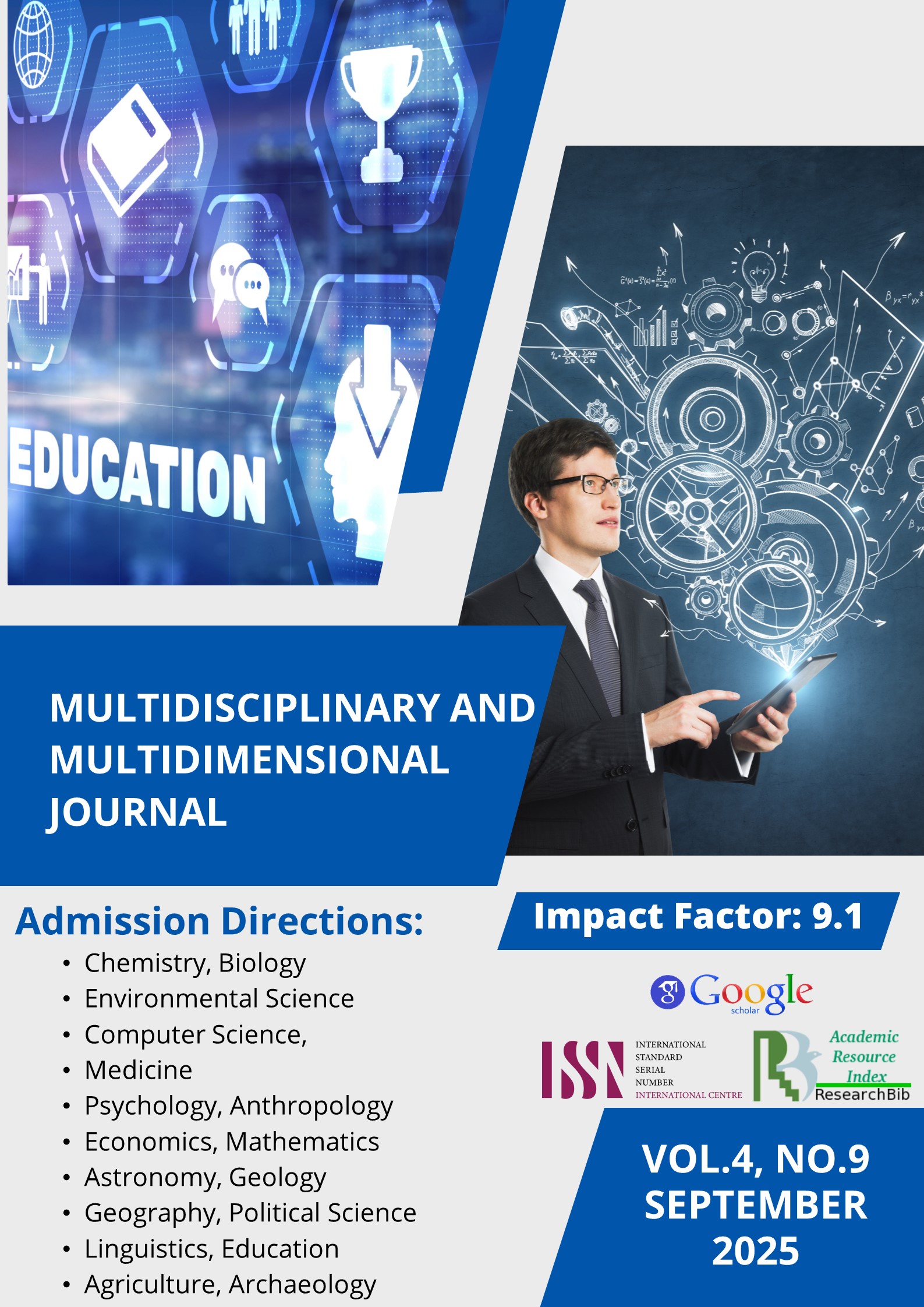THE STUDY OF DIPLOMATIC DOCUMENTS FROM A LINGUOSTYLISTIC PERSPECTIVE WITHIN THE FRAMEWORK OF MODERN CONCEPTS OF TEXT LINGUISTICS
Abstract
In modern linguistics, text linguistics has developed as a distinct scientific field, which entails studying the text as an independent linguistic category. Since the mid-20th century, the Prague School, the Moscow Semiotic School, and the Western schools of functional linguistics have provided a scientific foundation for the semantic integrity, coherence, cohesion, genre-specific features, and pragmatic purpose of texts. Diplomatic correspondence is among the genres that most clearly embody these theoretical principles in practice. Diplomatic documents serve not only as a means of conveying information but also as official legal instruments that reinforce legal relations between states. Therefore, in studying them from the perspective of text linguistics, issues of genre architecture, linguostylistic conventions, coherence, and pragmatic impact occupy a central place. The structure of diplomatic texts, their lexical and syntactic constructions, and the adequacy of their translation are closely interconnected with international legal norms
References
Komissarov, V.N. Theory of Translation (Linguistic Aspects) / V.N. Komissarov. — Moscow: Vysshaya Shkola, 2002. — 253 p.
Halliday, M.A.K., & Hasan, R. Cohesion in English. — London: Longman, 1976. — 374 p.
Crystal, D. English as a Global Language. — 2nd ed. — Cambridge: Cambridge University Press, 2003. — 212 p.
Shveitser, A.D. Theory of Translation: Status, Problems, Aspects / A.D. Shveitser. — Moscow: Nauka, 1988. — 216 p.
Retsker, Ya.I. Theory of Translation and Translation Practice / Ya.I. Retsker. — Moscow: Mezhdunarodnye Otnosheniya, 1974. — 221 p.











